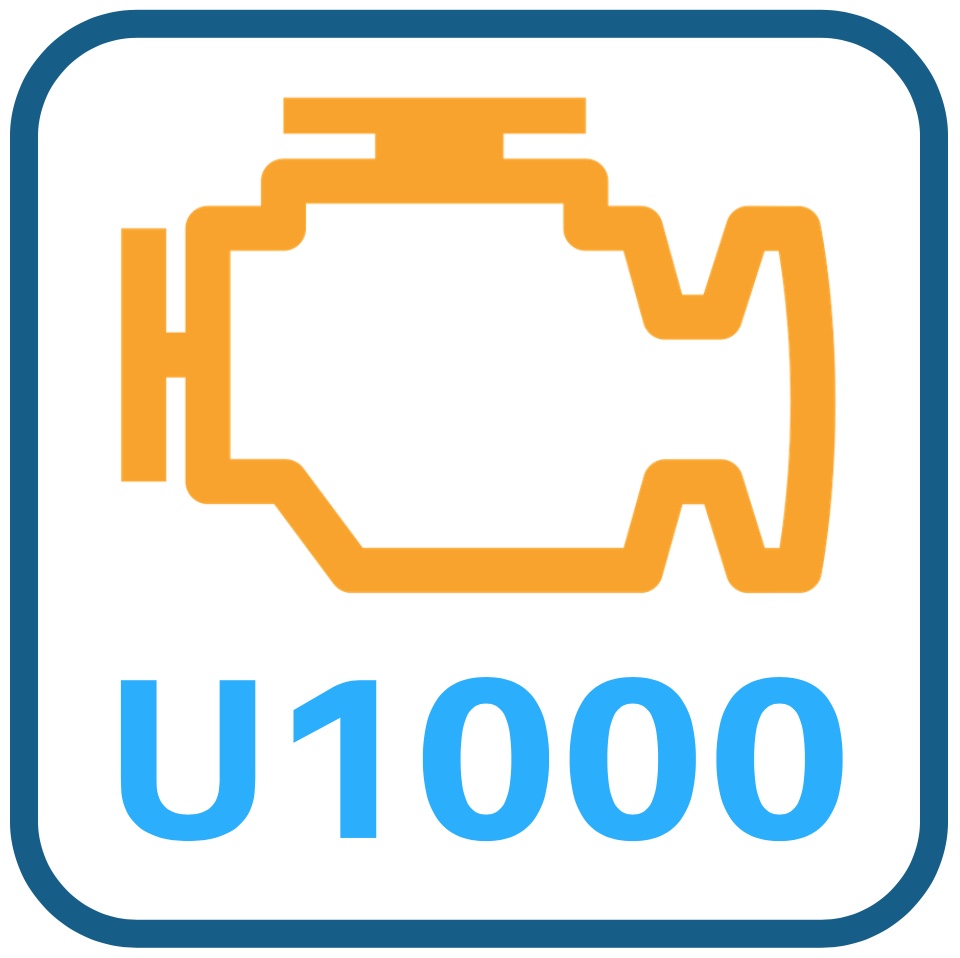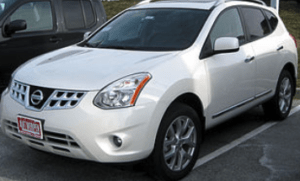U1000 is a manufacturer-specific trouble code. It is very common to see in the Nissan Rogue, and any other Nissan-made vehicles (Nissan or Infiniti).
How the Rogue’s CAN Bus System Works
Before jumping into figuring out what is causing U1000 in your Nissan Rogue, it’s important to have an understanding of the CAN bus system.
Modern vehicles (particularly those made after 2008) can have more than one computer module that controls primary functions.
An older vehicle (1996-2008ish) will have an ECU that controls the engine and transmission in one module. Modern vehicles will have a dedicated PCM (powertrain control module) and TCM (transmission control module) that are not housed in the same location, as well as a myriad of other modules that control all kinds of systems.
These modules need to have a way to talk with one another. The way that this communication is handled is through the CAN (controller area network) bus protocol. Think about it like a LAN router that lets multiple computers speak with one another. This is where the problem is.
Nissan Rogue U1000 Definition: CAN Communication Line – Signal Malfunction

We covered what the CAN communication system does above. U1000 indicates that there is an issue that has caused two or more of your Rogue’s control modules to stop communicating with one another properly.
This usually will not go unnoticed by the vehicle owner.
Nissan Rogue U1000 Symptoms
U1000 is a broad code. The symptoms related to it can vary wildly, depending on which modules can and can’t communicate.
The odds are that you’ve pulled this article up after the service engine soon light came on with U1000 If there are codes related to a specific module or CAN bus, start your diagnosis there. It should clear U1000.
U1000 Causes
There are three main issues that can cause U1000 in the Nissan Rogue. While they do sound simple, almost everything that you would need to look at is buried, which makes diagnosing this code a challenge even.
Here are the three main causes:
- Wiring Issues
- Bad CAN bus
- Bad module
U1000 Diagnosis: Nissan Rogue

There isn’t a whole lot that someone who hasn’t dealt with a code like this before can do. Typically, it’s going to be caused by a bad module, CAN bus, or wiring issue.
While there are many codes that a shade tree mechanic can tackle at home, U1000 is a very difficult diagnosis that is best left to professionals.
The first two steps are about getting as much information as you can and eliminating possibilities. Nissan U1000 doesn’t give you a lot to go on.
1. Check for TSB’s Related to the PCM and Control Modules
A great place to start diagnosing U1000 is to see if there are any Technical Service Bulletins (TSB’s) related to your Rogue’s CAN Bus or control modules.
A TSB is a notice that manufacturers use to explain common problems with a vehicle and how to deal with them. Professional mechanics use them all of the time. If there are known problems that cause communication issues, it would obviously be the place you’d want to start.
Follow this link to go to the NHTSA website VIN lookup tool. From there, you’ll be able to look up the TSB’s for your Rogue. If you don’t have the VIN handy, click the “vehicle” tab, and you can search by year, model, and manufacturer.
2. Check for Other Codes
U1000 will often appear with other CAN bus and control module-related codes. This can help minimize the potential list of causes, making the repair much easier.
For instance, U0101 indicates that the TCM has lost communication with the PCM. That’s a lot easier to deal with than the 15+ modules that your Rogue could have.
3. Inspect the CAN Bus Communications Connections and Wiring
There are at least two CAN bus locations on your Rogue (There can be more. They can be almost anywhere).
The first two steps are the due diligence that you should do to confirm that it’s not likely another issue would be causing U1000. Wiring issues are the easiest thing to diagnose at home. Here’s how to go about finding what’s causing a wiring issue in your Nissan
- Find the bus connections. This is easier said than done. Tracing the wiring would work, but you might have to take apart a considerable amount of Your Rogue to find them that way. You want to look up the location for your exact model year, engine, and transmission combo.
- Inspect the wiring harness. You are looking for chafing, burnt wires, or melted wiring/plastic. Pay particular attention to anywhere that the harness needs to go around a bend or touches anything that could damage it. You are looking for an open/short. If there is damaged wiring, you’re going to need to repair the harness. If there doesn’t seem to be any visible damage to the harness, you’ll need to move on to checking the harness connections at the control modules.
- Inspect the harness connections. Once you’ve established that the wiring harness looks fine, the next place to look is where it plugs into your Nissan’s control module(s). Unplug the harness from the control module(s). Once unplugged, inspect the pins to see if there is any damage to them. If one or more of them look discolored compared to the rest of the harness, that is likely to be what’s causing U1000. You can use an electrical contact cleaner to clean the harness pins properly. Check to see if the module can communicate with a scan tool. If it can not, the only thing left is one of the modules or PCM has likely gone bad, which can be a real bear to deal with.
Conclusion
You can look to see if there are any TSB’s related to your Nissan Rogue’s CAN bus system. That can give you a great head start diagnosing U1000. Otherwise, this is a tricky job best left to the professionals.
Remember, if there are other codes related to the CAN bus system or the modules, tackle them first.

